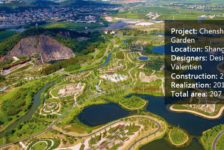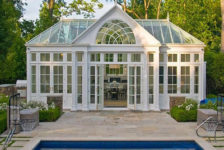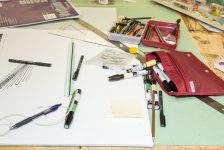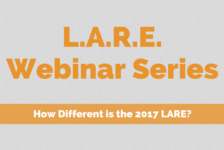Museum of Nature, by Ilkka Halso, set in the distant future on Earth. A rollercoaster track loops over an idyllic riverscape, creating a clear reflection in the water as it dances off into the distance like a great serpent; a single tree lies in the middle of a paved square encircled by benches in an enclosed room with light piercing through a single hole, as though the tree was the main attraction; a cinematic room faces not a large digital screen but a pristine waterfall scenery, untouched, bright and idyllic in comparison to the dark auditorium. Through the combination of landscape photography and computerized 3D models, the photographic series of Museum of Nature only suggests idyllic scenery at the first glance. Through careful observation do we realise that the nature we know and can see today is depicted in the future as being torn from its environment- isolated, cultivated and preserved like animals close to extinction- a precious relic. Welcome to the strange world of Finnish artist Ilkka Halso where his photographic series will challenge how we imagine nature to be like in the distant future.
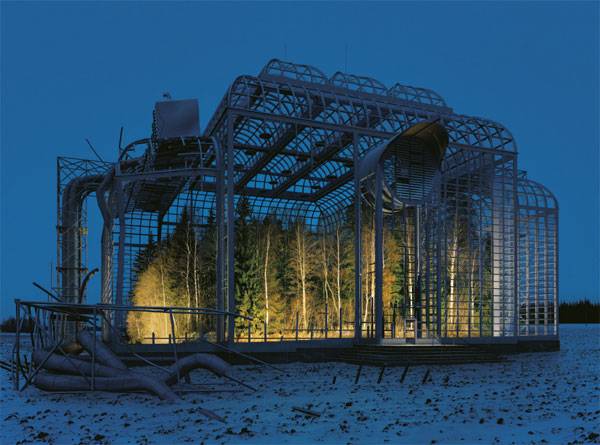
Museum I, 2003. Image credit: © Ilkka Halso
A Word From The Artist
“The project is based on pessimistic vision of what is happening on earth. I am looking into future and I am not very happy about it. I am considering these pictures more as visual pamphlets than aesthetic images.” – Ilkka Halso For many of us, the relationship we have with nature is ambivalent. It is present in our everyday life, even in vast quantities in some countries and it seems our access to nature is boundless. Perhaps we don’t imagine enough of what our natural environment will be like in the future. Halso, however, has visualized a future we do not want to see coming into fruition.
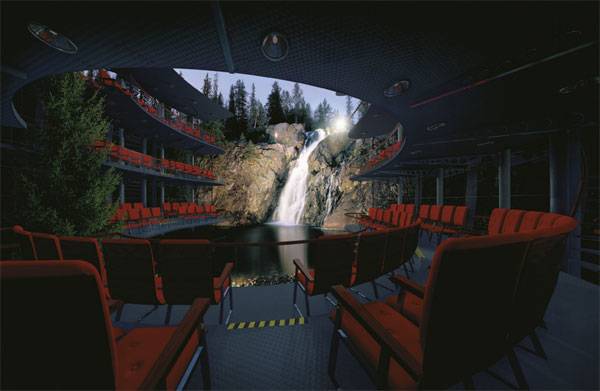
Theatre I, 2003. Image credit: © Ilkka Halso
What is the future of nature?
This is a daunting question. During this day and age, there are global discussions around the world on climate crisis- a threat to our natural environment. The answer depends on how much we value nature’s benefits- its values which are multiple from the provision of food, water, creating safe places for living, including provision of materials such as timber and many of our medicines. Let’s not forget how they provide opportunities for breath-taking recreation, cultural inspiration and spiritual fulfillment. The availability of nature is largely free and accessible. It is only when something becomes scarce that we begin to appreciate its value. The photographs depict the future society learning how to value and evidently pay for abusing the benefits of nature. Recomended Reading:
- Art and Photography by David Campany
- Art and Photography by Aaron Scharf
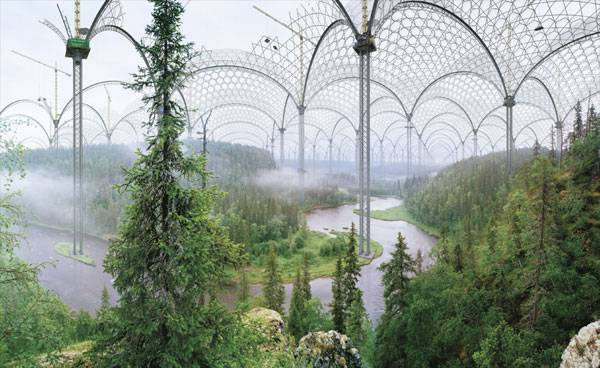
Kitka-river, 2004 (triptych). Image credit: © Ilkka Halso
A Frightening Population Increase
According to the UN (United Nations), the population at present, 7.2 billion, is predicted to increase to 9.6 billion by 2050. How do we, then, balance out the act of providing the needs of nature and people? Will we be able to feed, provide energy and clean water for people at a time of storms and rising sea levels? Can we meet those needs for the growing population whilst we protect the richness of nature that we all depend on? The answers, it seems, will be multiple and complicated. Halso’s work is one answer to those questions as well as a brief glance into a less greener future.

Roller-coaster, 2004. Image credit: © Ilkka Halso
Don’t Miss Halso’s Other Works
The internationally renowned artist has been dealing with the healing and restoration of nature in his work for the past decade. His photographic inventions are a reaction to our unstable planet. His previous series “Restoration” dealt with the idea of giving nature a treatment, like a patient receiving medical care, trees are arranged inside transparent scaffolding structures. Now the “Museum of Nature” collection shifts and nature is no longer being rescued but protected from threats of man’s actions in visualized shelters and massive buildings that allow the ecosystems to be “stored as they are found today.”
Can photography depict the future without cinematographic effects?
As I observed Halso’s photographic imageries, I could not help recall unfamiliar feelings of shock and eerie realization (of a possible bleak life on Earth) I experienced from a movie I recently watched- Mad Max: Fury Road. Whilst this heated, action-packed film has nothing to do with Halso’s idyllic work of art, it depicts a tale of a post-apocalyptic world of dry desert land where nature, the “Green Place”, is absolutely absent.
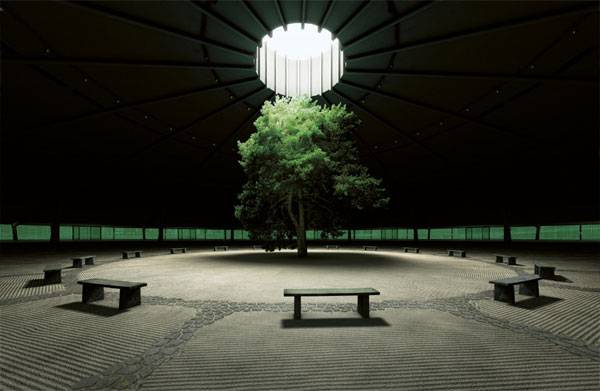
Theatre II, 2008. Image credit: © Ilkka Halso
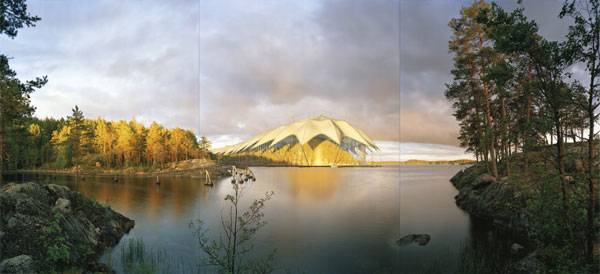
Museum II, 2005 (triptych). Image credit: © Ilkka Halso
A Different Take on Photography
Halso’s photographic series shows a different take on photography that films have always done in the past and that is to depict a time in the future. Photography is about the here and the now, the taken image fits into the historical timeline of the subjects in the photograph- one which we can comprehend. Yet photographic work like this challenges the viewer. This playing with time and the contrast between the fictional film, the reality and the documentary photograph makes the urban landscape recognizable but also strange.
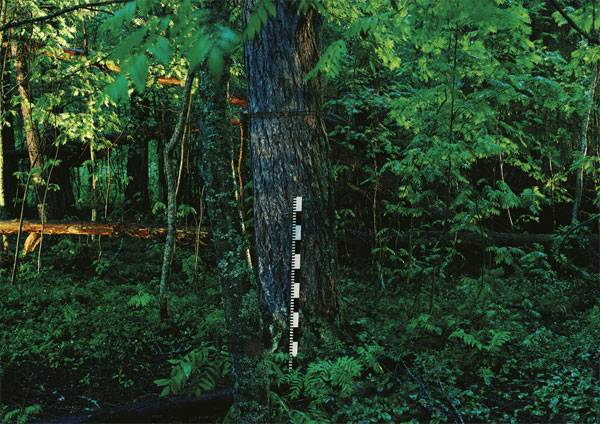
Forest of Sponsors, 2004 (triptych). Image credit: © Ilkka Halso
- Drawing and Designing with Confidence: A Step-by-Step Guide by Mike W. Lin
- Landscape Perspective Drawing by Nicholas T. Dines
Article by Win Phyo Return to Homepage
Published in Blog


